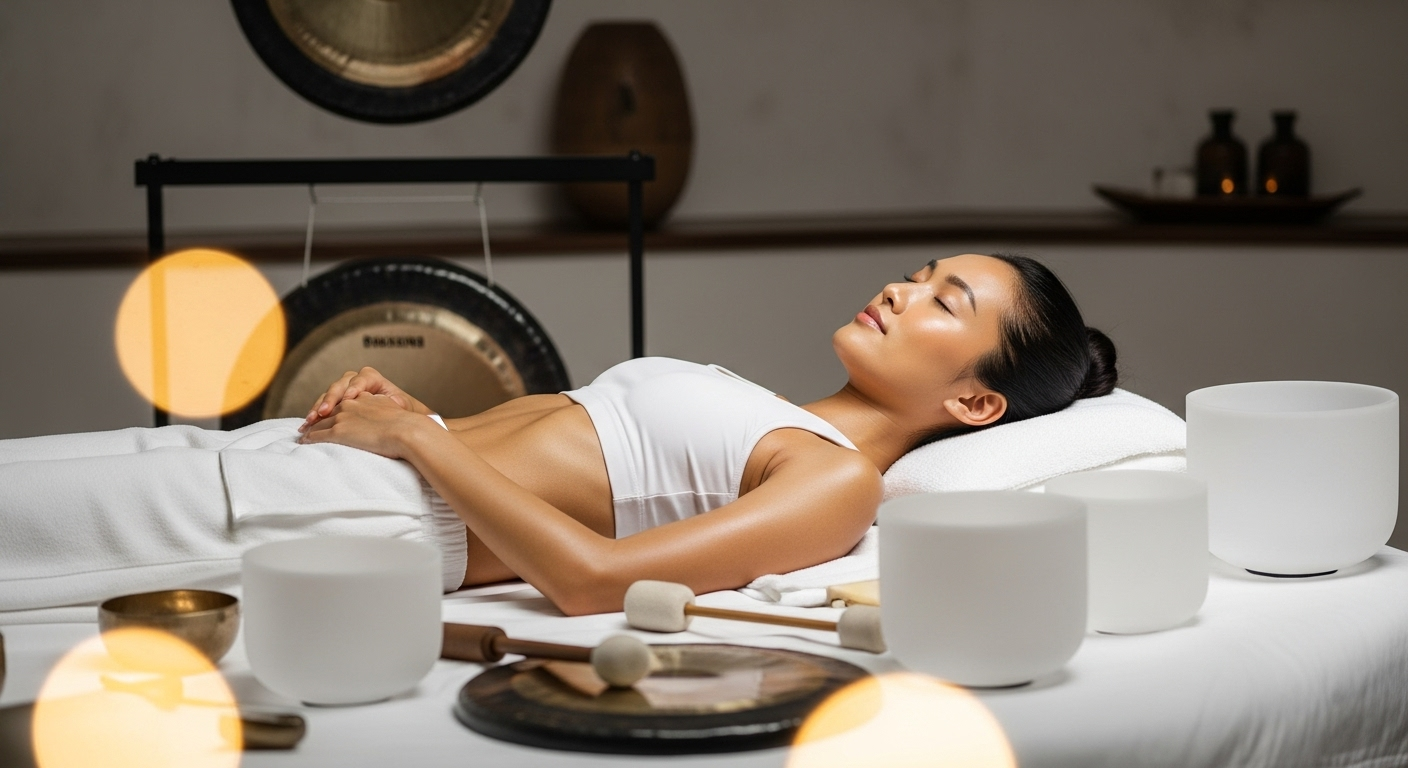A Gentle Guide to the Restorative Power of Asian Massage Traditions
Rooted in centuries of tradition, Asian massage offers a gentle, mindful approach to wellness that goes beyond physical relaxation. This guide explores how techniques like Thai, Shiatsu, and Ayurvedic massage work in harmony with the body's energy lines to support stress relief, circulation, and inner balance—inviting a deeper connection to both body and mind.

What is Asian massage therapy and how does it differ from Western techniques?
Asian massage therapy is rooted in traditional healing systems that view the body as an interconnected energy network. Unlike Western massage techniques that primarily focus on muscular manipulation, Asian massage aims to balance the body’s vital energy, known as “qi” or “prana.” These therapies often incorporate stretching, pressure point stimulation, and energy work to promote overall wellness.
Asian massage therapies typically take a more holistic approach, addressing not only physical ailments but also emotional and spiritual well-being. Practitioners believe that by restoring balance to the body’s energy pathways, they can alleviate a wide range of health issues and promote long-term vitality.
What are the key benefits of Thai massage?
Thai massage, also known as “Thai yoga massage,” offers a unique blend of acupressure, energy balancing, and assisted yoga postures. This dynamic therapy provides numerous benefits:
- Improved flexibility and range of motion
- Enhanced circulation and lymphatic drainage
- Reduced muscle tension and pain
- Increased energy levels and mental clarity
- Stress reduction and relaxation
Thai massage is particularly effective for those seeking relief from chronic pain, sports-related injuries, or stress-induced tension. The combination of stretching and pressure point work helps to release deep-seated muscular knots while promoting overall body awareness and flexibility.
How does Shiatsu contribute to holistic healing?
Shiatsu, a Japanese massage technique, focuses on applying pressure to specific points along the body’s meridians to promote healing and balance. The term “shiatsu” translates to “finger pressure,” reflecting the primary method used in this therapy.
Shiatsu’s holistic healing approach offers several benefits:
- Relief from chronic pain and tension
- Improved sleep quality
- Enhanced immune system function
- Reduced stress and anxiety
- Balanced mood and emotional well-being
Practitioners use their fingers, palms, and sometimes elbows or knees to apply pressure to key points, stimulating the body’s natural healing processes. This gentle yet effective technique is particularly beneficial for those dealing with chronic stress, insomnia, or digestive issues.
What are the unique aspects of Ayurvedic body treatments?
Ayurvedic body treatments, derived from India’s ancient healing system, take a highly personalized approach to wellness. These treatments are tailored to an individual’s unique constitution, or “dosha,” and aim to restore balance to the mind, body, and spirit.
Key aspects of Ayurvedic body treatments include:
- Customized massage techniques based on individual needs
- Use of warm, herb-infused oils to nourish the skin and promote detoxification
- Integration of aromatherapy to enhance relaxation and healing
- Focus on marma points (similar to acupressure points) to balance energy flow
- Incorporation of lifestyle and dietary recommendations for long-term wellness
Ayurvedic treatments are particularly effective for those seeking a comprehensive approach to health, addressing not only physical symptoms but also emotional and spiritual imbalances.
How can Asian massage therapies support overall well-being?
Asian massage therapies offer a holistic approach to health that extends beyond mere physical relaxation. These practices can significantly impact overall well-being by:
- Reducing chronic stress and its associated health risks
- Improving sleep quality and duration
- Enhancing body awareness and mindfulness
- Boosting immune function through improved circulation and lymphatic flow
- Promoting emotional balance and mental clarity
Regular sessions of Asian massage therapy can help individuals develop a deeper connection with their bodies, leading to improved self-care practices and a more balanced lifestyle. Many practitioners also emphasize the importance of breathwork and meditation in conjunction with massage, further enhancing the mind-body connection.
What should one consider when choosing an Asian massage therapy program?
When selecting an Asian massage therapy program, it’s essential to consider factors such as curriculum comprehensiveness, instructor credentials, and hands-on practice opportunities. Here’s a comparison of some reputable massage schools offering Asian massage therapy programs:
| School Name | Program Focus | Duration | Key Features | Estimated Cost |
|---|---|---|---|---|
| Pacific College of Health and Science | Traditional Chinese Medicine, Tui Na, Shiatsu | 6-24 months | Accredited, clinical internships | $15,000 - $45,000 |
| Thai Massage School of Chiang Mai | Traditional Thai Massage | 1-4 weeks | Authentic Thai techniques, cultural immersion | $500 - $2,000 |
| Ayurvedic Institute | Ayurvedic Massage and Therapies | 2-4 weeks | Customized Ayurvedic treatments, herbal studies | $3,000 - $6,000 |
| Shiatsu Massage School of California | Shiatsu and Asian Bodywork | 6-12 months | Zen philosophy integration, business training | $8,000 - $15,000 |
Prices, rates, or cost estimates mentioned in this article are based on the latest available information but may change over time. Independent research is advised before making financial decisions.
In conclusion, Asian massage traditions offer a rich tapestry of healing techniques that can profoundly impact one’s physical, emotional, and spiritual well-being. By exploring these time-honored practices, individuals can discover new pathways to holistic health and inner balance.
This article is for informational purposes only and should not be considered medical advice. Please consult a qualified healthcare professional for personalized guidance and treatment.
The shared information of this article is up-to-date as of the publishing date. For more up-to-date information, please conduct your own research.




